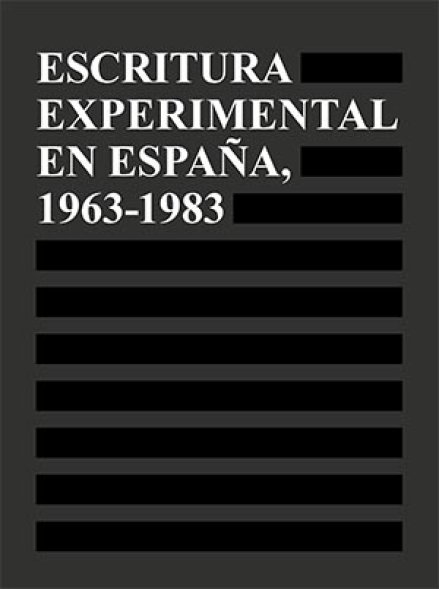The desire to write unfettered by the atavisms of the past led them to experiment with and explore the graphic properties of text, words and letters. The artists who subscribed to this experimental writing tended to construct the poetic in non-semantic compositions and to seek its iconic properties, formal or specific, in techniques borrowed from other languages such as art, music, theatre and photography.
Experimentalism was a category that embodied a way of thinking and an approach to art but did not constitute a style. This exhibition brings together a group of significant works that span a broad variety of themes and techniques. Despite the parallels in the lives of their authors, the latter never formed a group, school or trend. However, their legacy conveys the feeling of an era, a conceptual coherence and a certain familiar air that shed new light on this chapter of the history of art in Spain.
Escritura experimental features works by Francisco Pino, Juan Eduardo Cirlot, Guillem Viladot, Felipe Boso, José Luis Castillejo, Julio Campal, Isidoro Valcárcel Medina, Esther Ferrer, Elena Asins, Concha Jerez, José-Miguel Ullán, Fernando Millán, Eduardo Scala, Ignacio Gómez De Liaño, Jorge Oteiza, José Antonio Sistiaga, Javier Aguirre, Joan Brossa / Antoni Tàpies, Josep Mestres, Manolo Quejido, Herminio Molero and Alain Arias-Misson.


